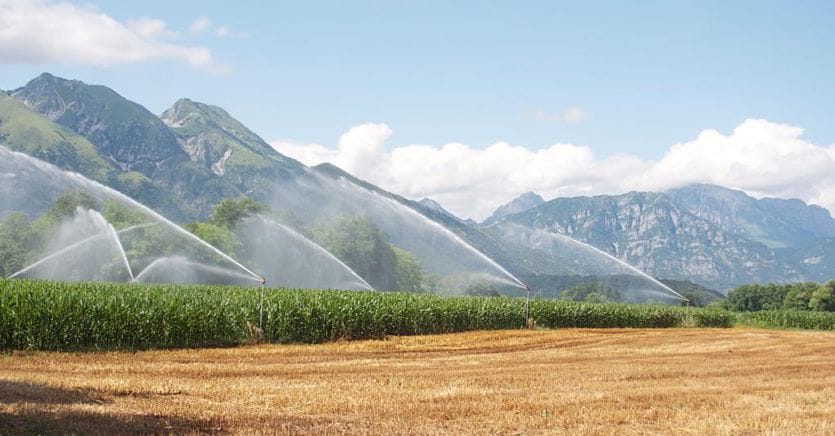The purified waste water becomes raw material for irrigating and fertilizing the fields. All thanks to an instrument, for the moment a prototype, capable of purifying waste water. The technologically advanced prototype was developed by researchers from Enea together with those from the University of Bologna in collaboration with the Hera Group and Irritec.
The field test
The prototype, for the time being demonstration, was built in the Hera Group’s purification plant in Cesena and was tested on an experimental field with 120 crops of which 66 peach trees and 54 industrial tomatoes. The results collected downstream of the experimental phase, underlined by Enea, “confirm the quality of the water purified for agricultural purposes”.
A project to be replicated
For Luigi Petta, project coordinator and head of the Enea laboratory of Technologies for the efficient use and management of water and wastewater, this is a step towards an application to existing systems. “The results obtained in the context of the project – he comments – could support the application of the prototype scheme to all purification plants and the dissemination of reuse practices for the benefit of all stakeholders in the supply chain”. A number of companies could benefit from the prototype. “From plant managers to reclamation consortia up to the automation, control and measurement sector – he adds – with the aim of guaranteeing an unconventional and safe water source and at the same time providing a supply of nutrients to crops, online with the new community guidelines in force from 2023 “.
A support for agriculture
With the result that the use of purified waste water in agriculture would reduce the withdrawal of fresh water to be introduced into the fields. Thus limiting the use which today, according to the Enea researchers, represents “about 50 per cent of the total requirement”, thus overcoming the lack of water mainly due to climate change.
An important potential
“The research carried out has highlighted the high potential of the reuse of purified wastewater for fertigation purposes, both in quantitative and nutritional terms, using smart technologies and materials that allow the management of irrigation and precision fertilization – confirms Attilio Toscano, professor of agricultural hydraulics and coordinator of the experimental activities conducted by Ciri Frame, the Interdepartmental Center for Industrial Research of Renewable Sources, Environment, Sea and Energy of the University of Bologna -. Furthermore, the verification of the effects of the direct reuse of secondary and tertiary effluents on the “soil-plant” system has shown, in the studies conducted so far, the safety and sustainability of this practice ».
